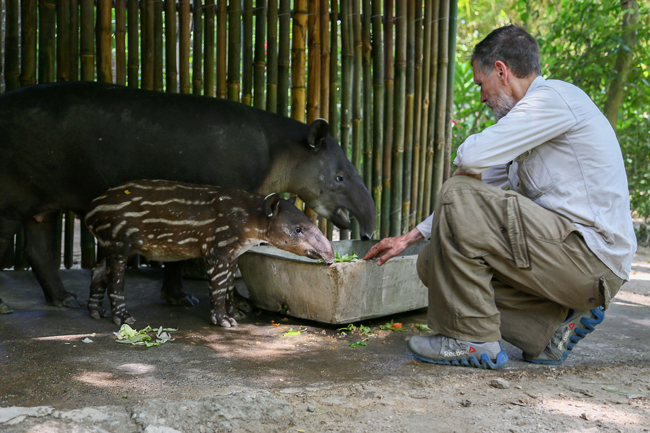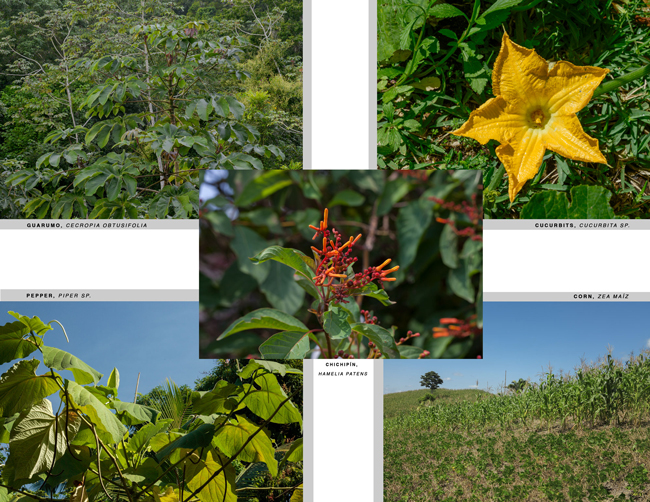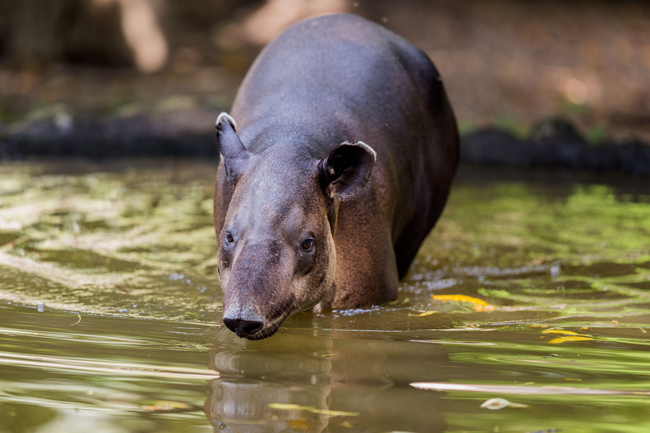Posted May 23, 2019
The nests are multifunctional structures built by mammals, birds, reptiles, fish and insects. Its design and location depend on the genus of the species, however, the main function is the same: create an adequate environment for eggs and hatchlings, when they are born.
Female oriole (Icterus sp.) is the one that builds the nest.
Los Amates, Izabal
Characteristics
Tapirus bairdii Gill. It is the only tapir that lives in Central America, except in El Salvador. It can weigh up to 300kg and measure 2.60m long. Their fur is dark brown on top and paler on the bottom, with white stripes around their ears and lips. They are herbivores and it is known that they consume the following species:
- Guarumo, Cecropia obtusifolia
- Cucurbits, Cucurbita sp.
- Pepper, Piper sp.
- Corn, Zea maíz
- Chichipín, Hamelia patens
They reproduce once a year in the rainy season. Both parents take care of the baby for 1 to 2 years. Their young are light brown with spots and white stripes to camouflage themselves. These spots disappear with time.
Tapirs and water
Due to their large size, tapirs have difficulty dissipating heat, so they are mostly nocturnal when lower temperatures occur at night, but this is not enough. For tapirs, water is essential in their life. They need it to regulate their temperature. Several studies have found more abundance of tapirs in sites with aguadas presence throughout the year.
Ecological role
The tapir is a seed disperser of secondary species and is a valuable indicator of the ecological status of a site, because tapirs are sensitive to changes in the ecosystem.
Danger of extinction
Their populations are in constant decline due to the loss and fragmentation of their habitat, followed by hunting. According to the IUCN red list, the Central American tapir is in danger of extinction. In the wild, it is estimated that only 1,000-1,500 tapirs live in Guatemala, so it is important to spread the knowledge of this species for its care and conservation.
For more information, visit our website with bibliography on the Central American tapir: www.maya-ethnozoology.org/bibliography-mayan-animals-annotated-list-suggested-reading/tapirus-bairdii-bibliography-biology-ecology-ethnozoology.php


























